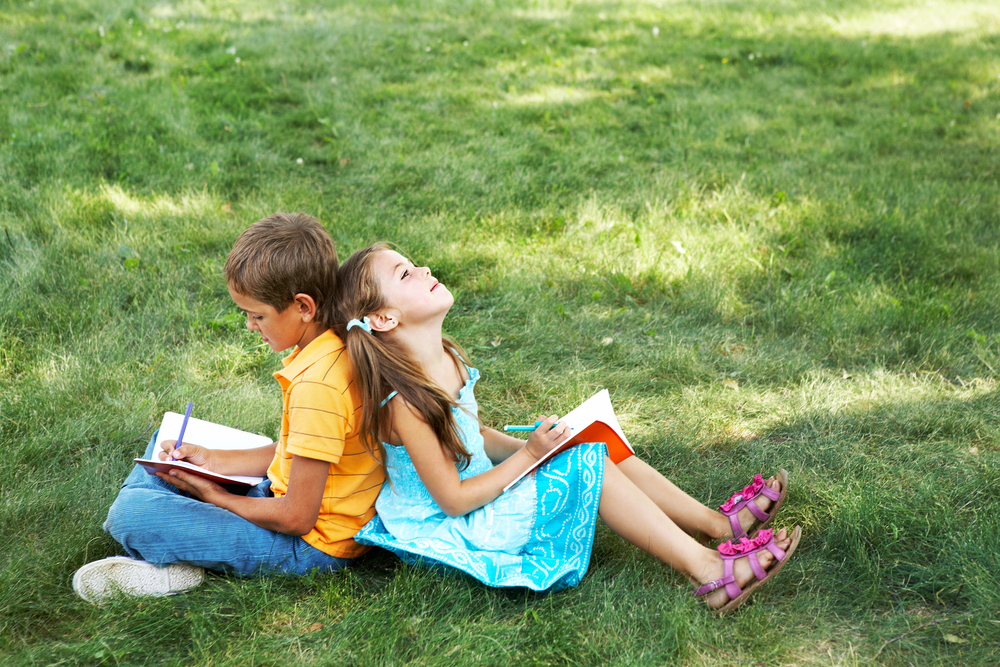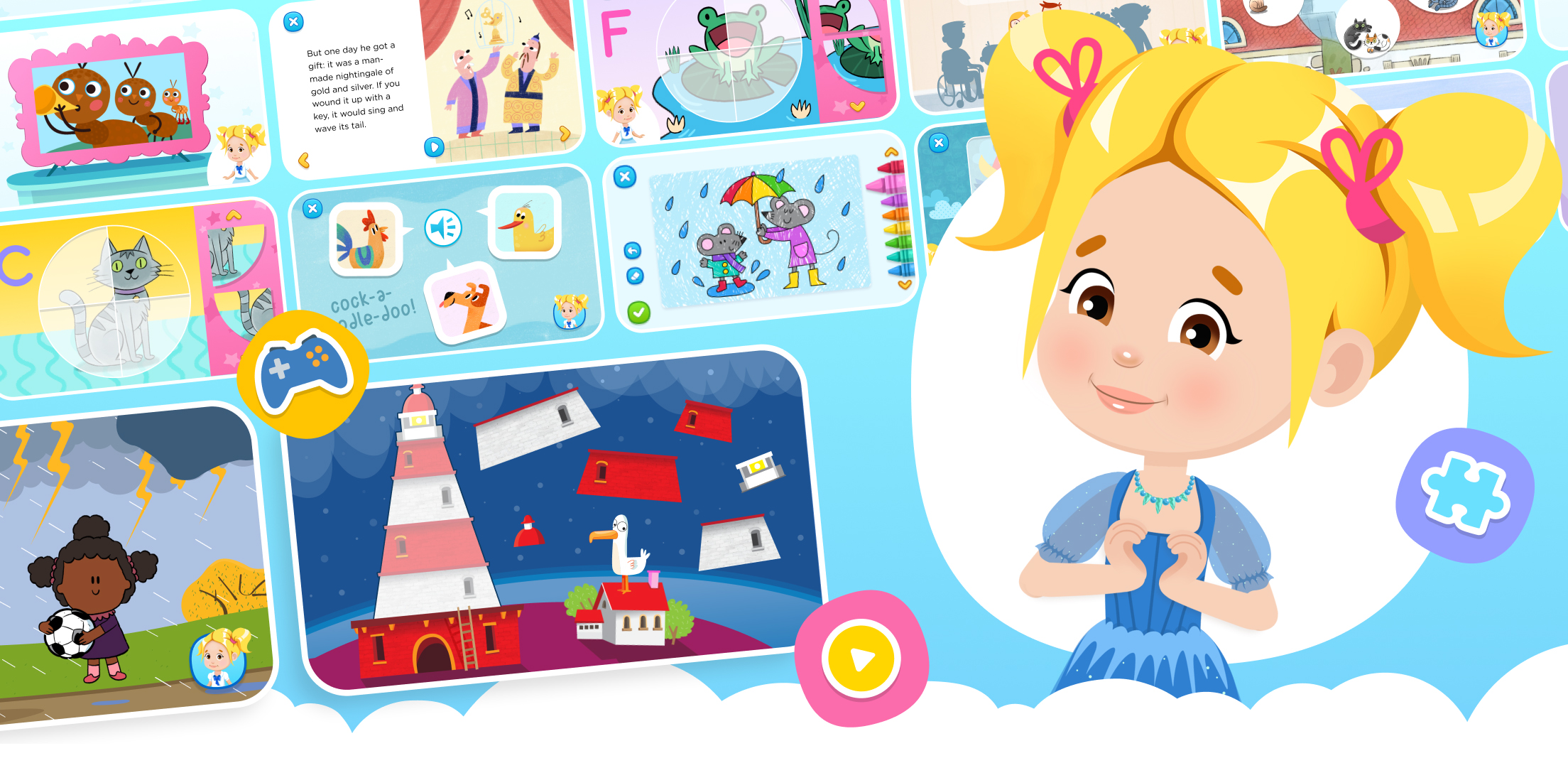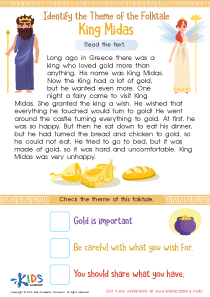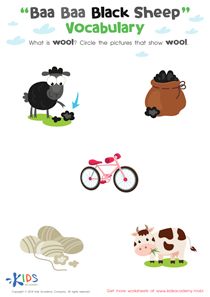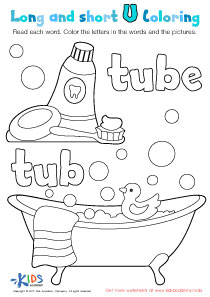Problem-Solving Skills Normal Reading Comprehension Worksheets for Ages 4-7
6 filtered results
-
From - To
Enhance your child's reading comprehension with our engaging Problem-Solving Skills worksheets designed for ages 4-7. These interactive activities focus on developing critical thinking and problem-solving abilities while improving literacy skills. Each worksheet features age-appropriate stories that challenge young learners to think creatively and express their understanding through a variety of fun exercises. Perfect for at-home learning or classroom use, our worksheets are designed to captivate young minds, ensuring they develop the confidence and skills to tackle reading comprehension challenges. Join us in fostering a lifelong love for reading and critical thinking in your child! Explore the worksheets today!
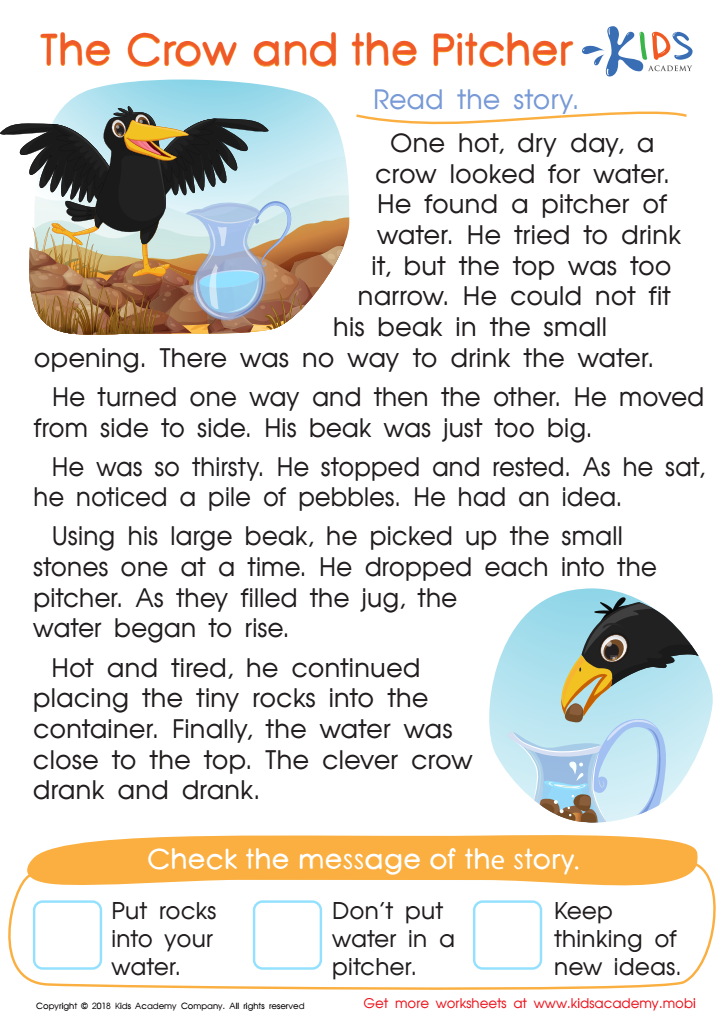

The Crow and the Pitcher Worksheet
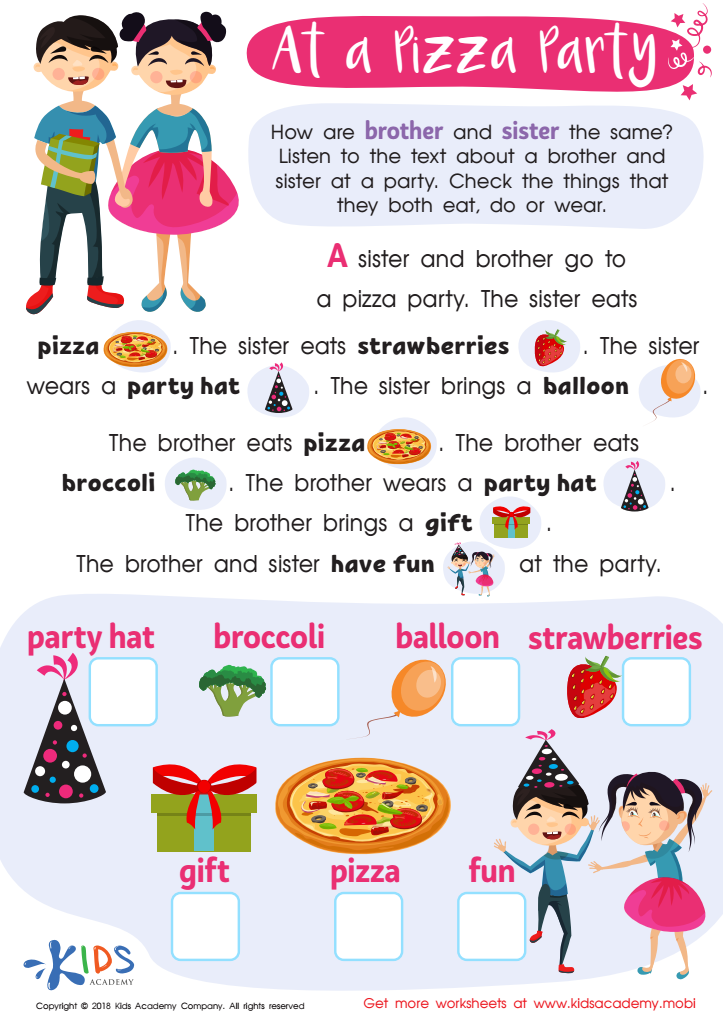

At a Pizza Party Worksheet
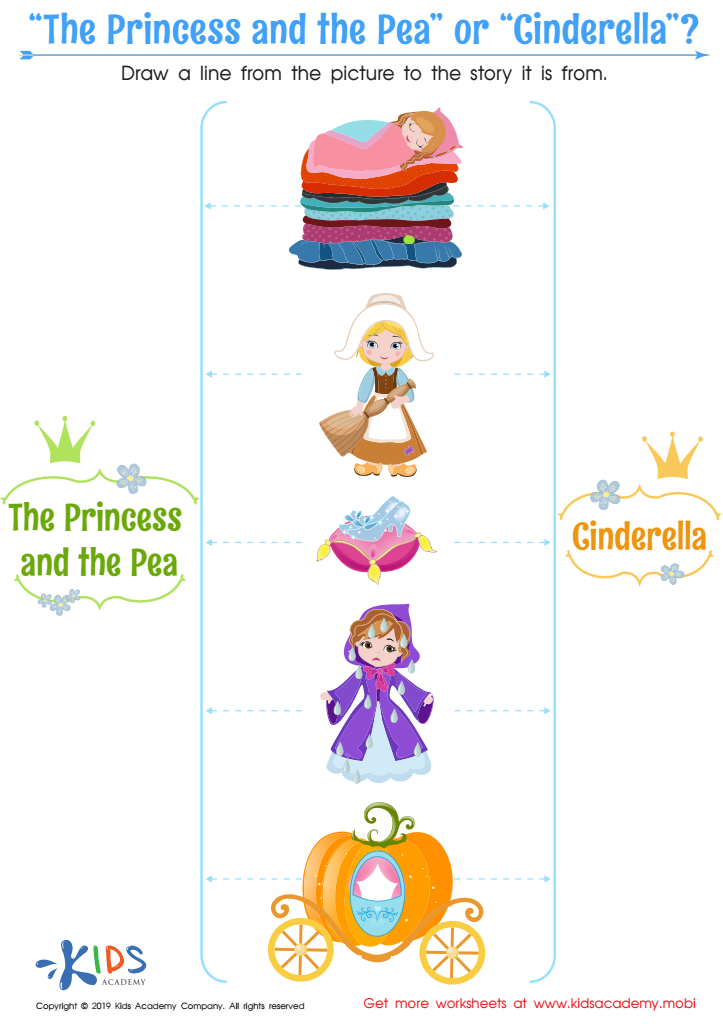

“The Princess and the Pea” or “Cinderella” Worksheet


Towns Worksheet
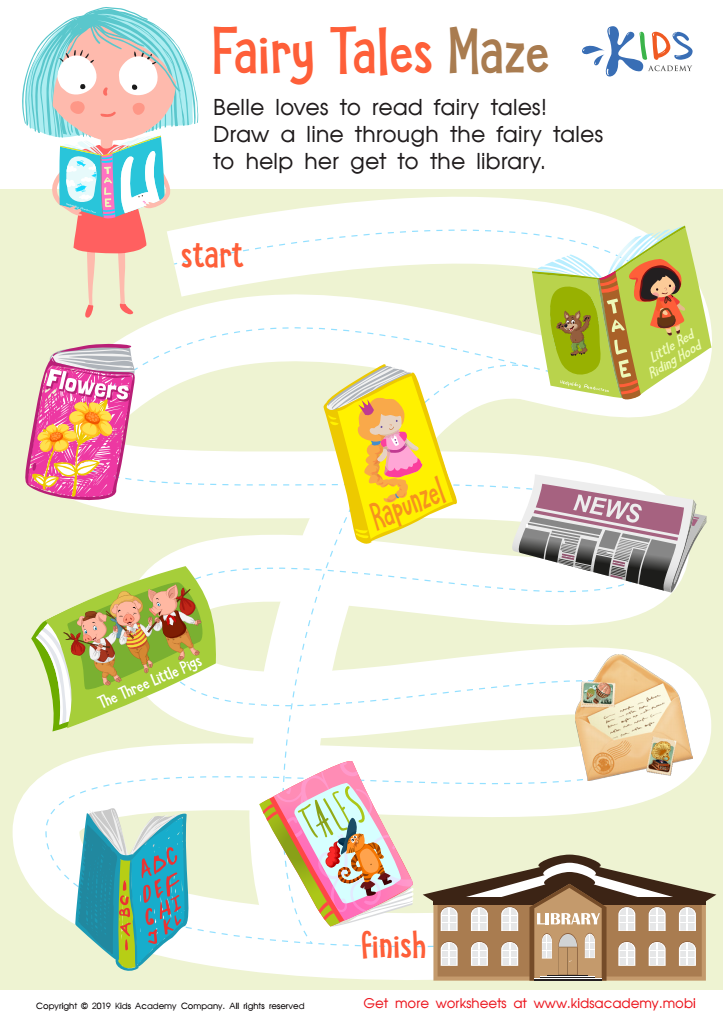

Fairy Tales Maze Worksheet
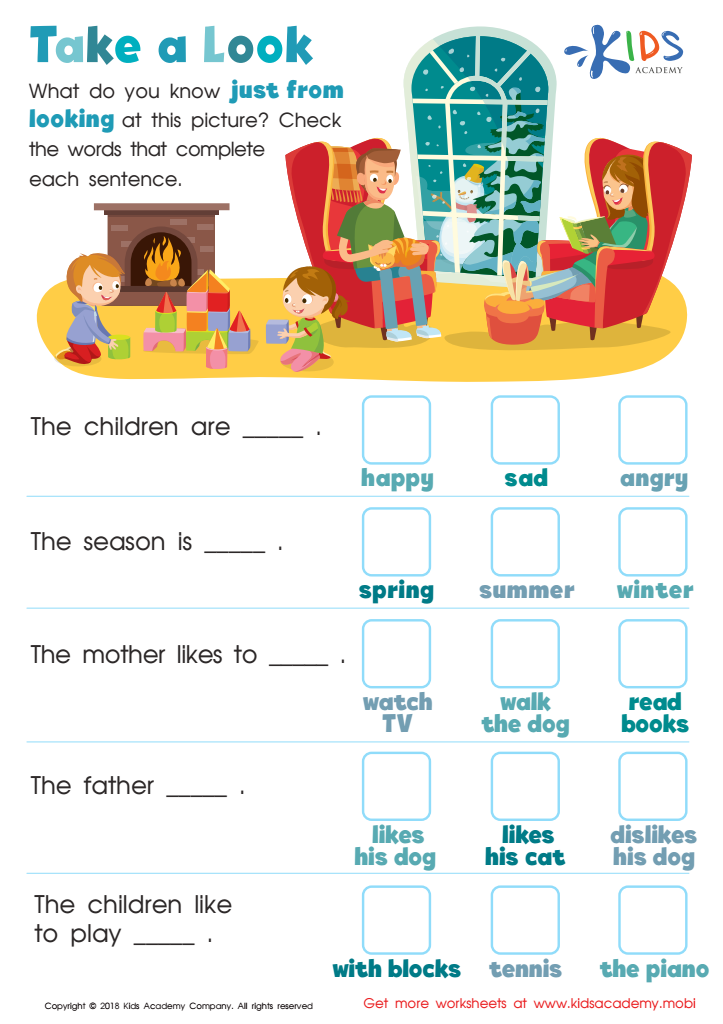

Take a Look - Part 1 Worksheet
Problem-solving skills and reading comprehension are crucial for children aged 4-7 as they lay the foundation for future learning and cognitive development. At this early stage, children encounter various challenges, both academically and socially. Effective problem-solving skills enable them to navigate these difficulties, encouraging independent thinking and resilience. This fosters a sense of confidence that empowers them to tackle new situations with curiosity and creativity.
Reading comprehension, on the other hand, is essential for understanding language, concepts, and narratives, which enhances a child’s ability to extract information and respond appropriately. When children can read and comprehend well, they can engage with problem-solving activities that require understanding instructions, identifying relevant information, and applying critical thinking. This dual focus on problem-solving and comprehension nurtures a holistic approach to learning that allows children to interconnect ideas and fundamentally grasp the world around them.
For parents and teachers, fostering these skills means investing in a child’s lifelong learning journey. Emphasizing both problem-solving and reading comprehension helps shape adept learners who can adapt to various challenges, paving the way for academic success and personal growth. In summary, developing these skills equips children with essential tools to thrive in a rapidly changing world.

 Assign to My Students
Assign to My Students




